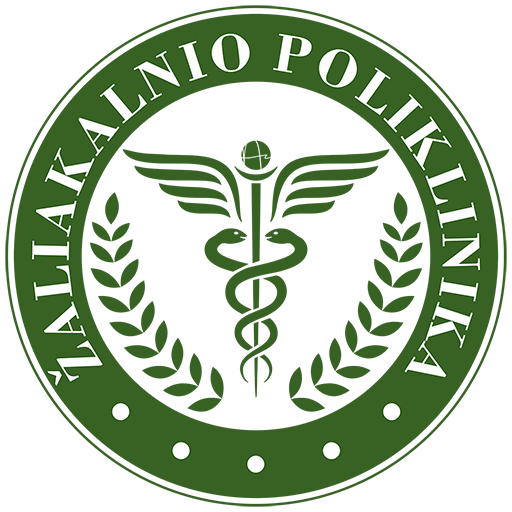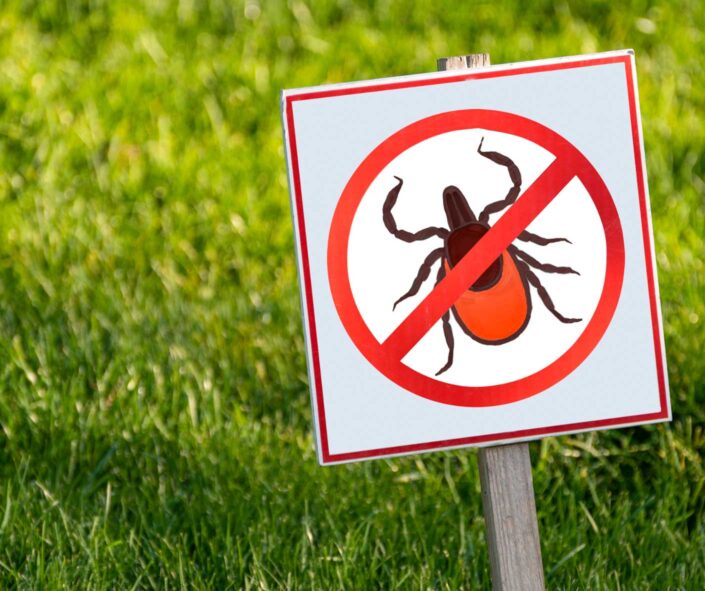Ercine encephalitis (EE) - is a severe natural focal viral disease caused by the tick-borne encephalitis virus (EEV), affecting the brain, its membranes or peripheral nerves. EE is one of the most important viral infections of the human central nervous system and is characterised by residual effects, sometimes leading to disability.
Symptoms of tick-borne encephalitis
The incubation period of EE is 2-28 days, with an average of 7-14 days. Approximately 80 cases of % have a double-wave course. The first clinical phase of the disease, lasting 1-8 days, is triggered by the first wave of viremia. The symptoms are non-specific: fever, bone, muscle and head pains, fatigue, general weakness and, less frequently, dyspeptic or upper respiratory catarrh. Typical laboratory signs of first wave EE are leukopenia and thrombocytopenia. These are caused by the dissemination of EEV into the bone marrow during the first wave and the resulting transient bone marrow suppression, which is manifested by a decrease in the number of shortest-lived formic elements in peripheral blood. There may be a slight increase in liver enzyme activity in the blood.
Clinical information on TicoVac vaccine for eels
TicoVac 0.5 ml is indicated for the active (prophylactic) immunisation against tick-borne encephalitis (TBE) in persons aged 16 years and older. TicoVac 0.5 ml is administered according to official recommendations, taking into account the need for and timing of vaccination against tick-borne encephalitis.
Clinical information for the childhood vaccine TicoVac
TicoVac 0.25 ml is indicated for the active (prophylactic) immunisation of children aged 1-15 years against tick-borne encephalitis (TBE). TicoVac 0.25 ml is administered according to official recommendations based on the need for and timing of vaccination against tick-borne encephalitis.
Dosage for adults
The basic vaccination schedule is the same for all persons aged 16 years and over and consists of three doses of TicoVac 0.5 ml:
- The first and second doses are administered 1 to 3 months apart.
- If it is necessary to speed up the immune response, a second dose may be administered two weeks after the first dose. After the first two doses, sufficient protection against ticks shall be established during the tick season.
- The third dose should be administered 5 to 12 months after the second dose.
- The third dose of the vaccine is likely to provide protection for at least 3 years.
- In order to build up immunity before the tick season, which starts in spring, the first and second doses should be administered in the winter months. Ideally, vaccination should be completed with a third dose during the same tick season or at least before the start of the new tick season.
Dosage for children
The basic vaccination schedule is the same for all children aged 1 to 15 years and consists of three doses of TicoVac 0.25 ml:
- The first and second doses are administered 1 to 3 months apart.
- If it is necessary to speed up the immune response, a second dose may be administered two weeks after the first dose. After the first two doses, sufficient protection against ticks shall be established during the tick season.
- The third dose should be administered 5 to 12 months after the second dose.
- After the third dose, protection lasts for at least 3 years.
- In order to build up immunity before the tick season, which starts in spring, the first and second doses should be administered in the winter months. Ideally, vaccination should be completed with a third dose during the same tick season or at least before the start of the new tick season.
The vaccine is injected into the muscle of the upper arm (deltoid muscle). Only in exceptional cases can the vaccine be given subcutaneously.
Possible side effects
Vaccines can cause adverse reactions, but these are not severe and are often short-lived. Mild side effects can include redness or swelling at the site of the prick, mild fever, pain in the limb where the vaccine was injected, and others.




